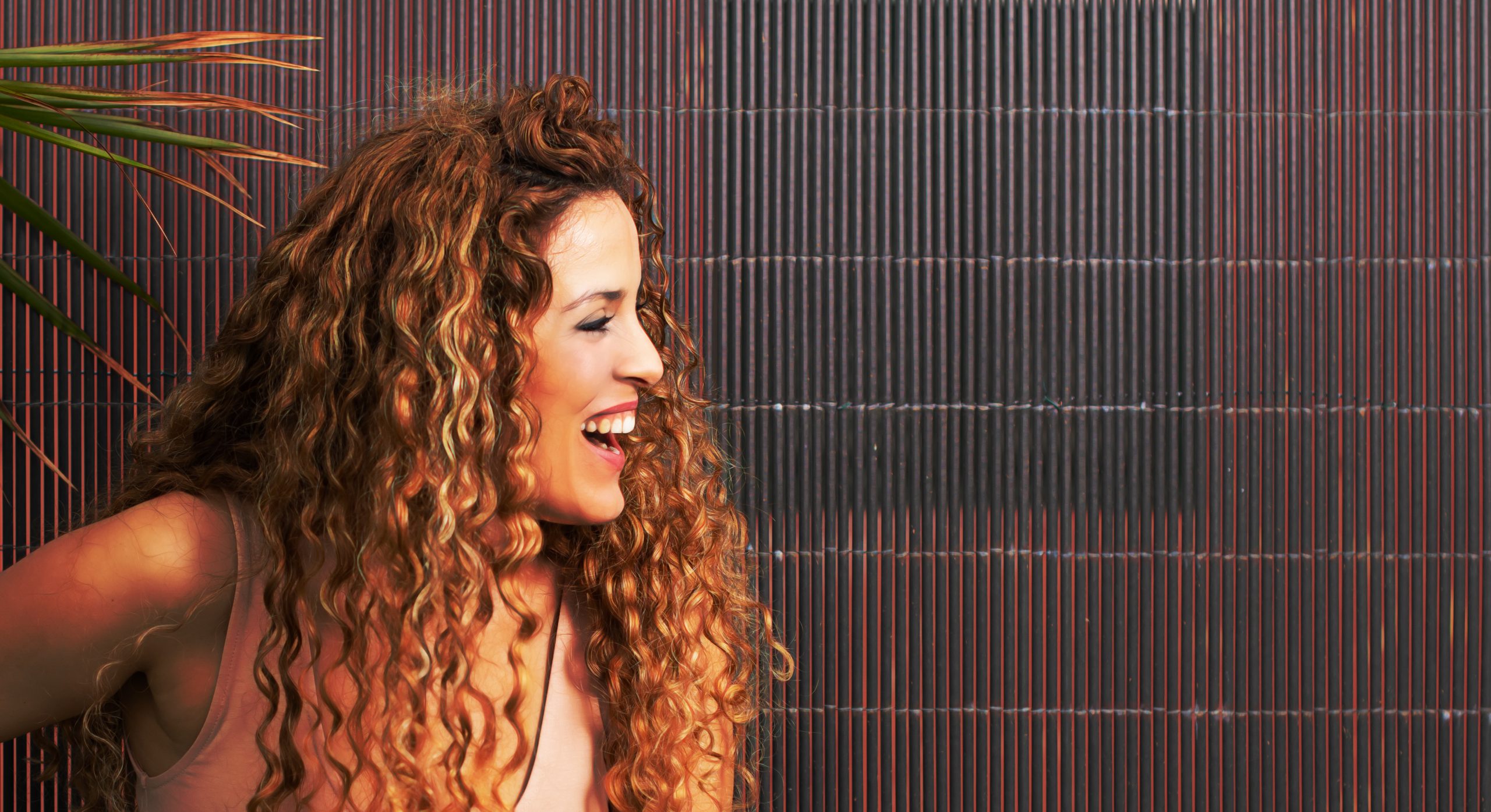
We know that the scale Hamilton–Norwood It is the scale that measures the degrees of progression of male alopecia, however today we come to talk to you about the Ludwid scale that measures the advance of female alopecia.
The Ludwig scale was born in the 70s by Dr. Erich Ludwig who realized the need to create a way to measure female alopecia, just as Dr. O'Tar Norwood had already done to measure male alopecia.
With the Ludwig scale, it is possible to measure the progression of alopecia by looking at the localized areas in which loss of density begins to be observed.
Androgenetic alopecia, when it affects women, usually begins to manifest itself in the center of the upper part of the head, coinciding with the part of the hair and from there it begins to expand.
The Ludwid scale is divided into 3 degrees in which we can differentiate female alopecia according to its degree of progress.
At this point what occurs is a slight widening of the hair line.
Upon reaching this case there is already a noticeable widening of the hair line.
The loss of capillary density is very marked throughout the frontoparietal region.

There are different reasons why female alopecia can appear and damage to the hair should be minimized so that it becomes as less obvious as possible. For this we must provide our hair with the appropriate care.
Abusing the heat of the dryers and irons does not benefit our hair since it makes it more brittle and weak. Perms or some accessories such as keratin extensions promote hair loss and breakage.
We must use products that are respectful of our hair and apply masks that help us undo the knots that may form.
When we brush our hair we must always do so by grasping the lock by the part closest to the scalp so as not to exert all pressure on the root of the hair and thus prevent the hair from remaining on the brush.
Hairstyles such as high ponytails, buns or very tight braids can cause what is known as traction alopecia. Stretching hair in such an aggressive way for a long time can damage the hair follicle until it is completely weakened and ends up losing hair.
Our hair needs a diet rich in vitamins and nutrients that enhance the maintenance and growth of hair. With a balanced diet we can nourish the hair from the inside, helping it to stay healthy and regenerate properly.
The hormonal changes that we undergo both in pregnancy and in menopause can lead to a more pronounced hair loss.
The difference between the two is that after pregnancy there comes a time when the hair begins to regenerate and we gain the lost density. In menopause, however, the level of alopecia is higher and it can be more difficult to recover from it.
Alopecia can be genetically transmitted, so if there are women in your family who suffer from alopecia, it could be that you suffer from it too. In these cases it is always advisable to consult a specialist as soon as possible in order to avoid or slow down its progress.
An early diagnosis can make a big difference for those who suffer or will suffer from alopecia throughout their lives. As well as detecting the first signs, we must make an appointment with a specialist who can assess the state of our scalp and measure the degree of alopecia with the Ludwig scale of female alopecia.
En Hospital Capilar We have various treatments that can help alopecia progress much more slowly and that will help us improve the condition of our hair as well as redensify it.
The demanded treatments that we offer are PRP or Platelet Rich Plasma and HRT or Hair Redensification Treatment, among others.
Our specialists will assess which is the one that best suits your case and with which you will be able to notice the greatest improvement.
En Hospital Capilar we can help you get your hair back. Our doctors must assess whether the case allows a graft to be carried out and treat the area previously if it is necessary to prepare it so that the scalp accepts the intervention.
If you want more information about hair grafting or other solutions that we can offer you, do not hesitate to ask us for more information.

En Hospital Capilar we are at your fingertips to give you all the information about the graft and hair solutions. In addition, we have a free diagnosis to determine your case in a personalized way. We will wait for you!
Sanitary Reg. No. Pontevedra: C-36-003121 Sanitary Reg. No. Madrid: C517593 Sanitary Reg. No. Murcia: 30800014


Copyright © 2021 - Legal Notice and Privacy Policy - Cookies policy